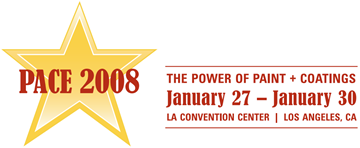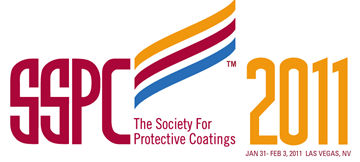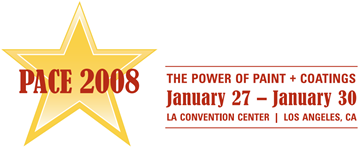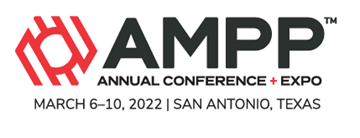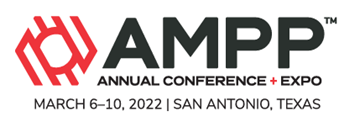Search
Individual Conference Papers
View as
Sort by
Display
per page
Ensuring Additional Mechanical Protection of HDD Coatings
Product Number:
51323-19549-SG
Publication Date:
2023
$20.00
Environmental and Economic Impact of Utilizing Climate Control Measures During Surface Preparation and Coating
Product Number:
41211-646-SG
Publication Date:
2011
$20.00
Environmental Conditions Associated With Stress Corrosion Cracking On Wax Coated Pipelines
Product Number:
51321-16835-SG
Publication Date:
2021
$20.00
Environmental Degradation Of Materials Considered For Accident Tolerant Fuels In Light Water Reactors.
Product Number:
ED22-17252-SG
Publication Date:
2022
$20.00
Environmental Enclosures: Case Study of Mobile Environmental Enclosures: USS Abraham Lincoln
Product Number:
41208-409-SG
Publication Date:
2008
$20.00
Environmental Exposure Profiles for Atmospheric Corrosion
Product Number:
51323-19416-SG
Publication Date:
2023
$20.00
Environmental Limits And Susceptibility Of UNS S30403 To Environmentally Assisted Cracking In Thermal Oil Sands Operations
Product Number:
51321-16654-SG
Publication Date:
2021
$20.00
Environmental Modification And Atmospheric Corrosion: Clear Water Rinsing, Covering, And Seawater Spray
Product Number:
51322-17990-SG
Publication Date:
2022
$20.00
Environmentally Assisted Cracking Evaluation of UNS N06686 Using Constant Extension Rate Testing
Product Number:
51300-11296-SG
ISBN:
2011 11296 CP
Publication Date:
2011
$20.00
Environmentally Assisted Cracking of High Strength PH Nickel Alloys for HPHT Applications
Product Number:
51319-12794-SG
Publication Date:
2019
$20.00
Environmentally Assisted Cracking Of Nickel Based Alloy 955 In Saltwater With Cathodic Protection For HPHT Application
Product Number:
51322-17768-SG
Publication Date:
2022
$20.00

